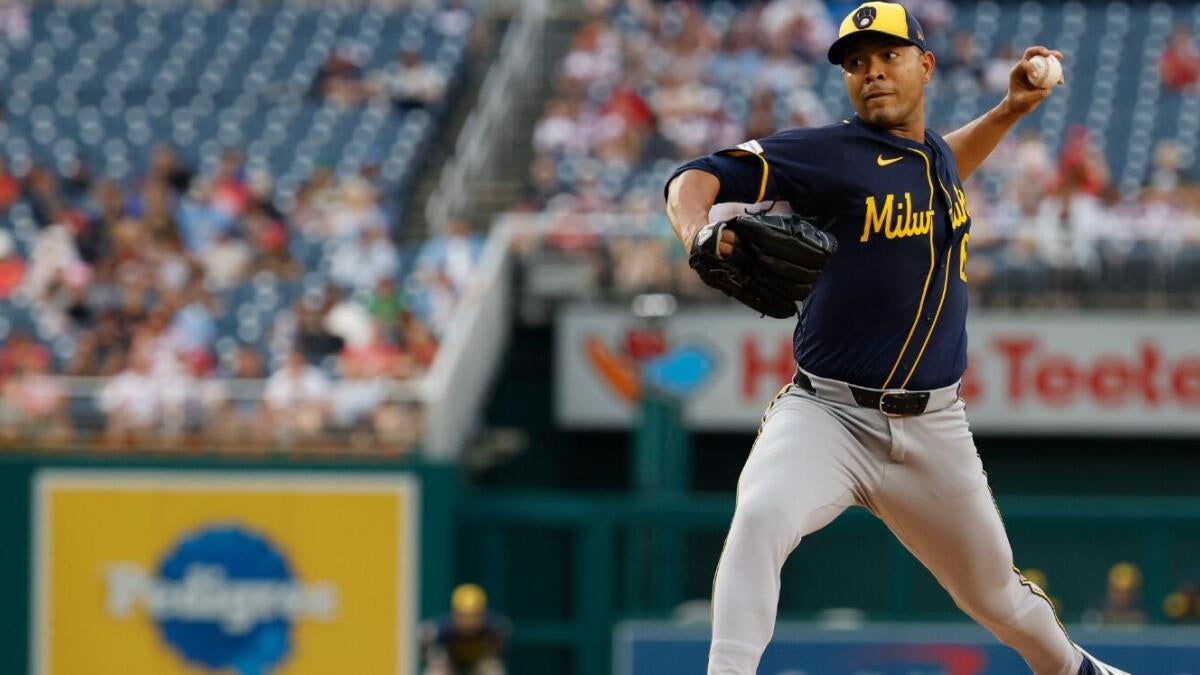
The Delicate Balance of Childhood Immunizations
Childhood immunizations in the U.S. are a cornerstone of public health, safeguarding millions of children from preventable diseases. Yet, this system, often perceived as stable, is surprisingly fragile. At the heart of this system lies the Vaccine Injury Compensation Program (VICP), a no-fault system designed to offer financial support to individuals who experience rare side effects from vaccinations. However, this program is currently facing significant challenges, potentially jeopardizing the accessibility of vital vaccines and the overall health of the population. The program was established to protect vaccine manufacturers from lawsuits, Congress created the program in the 1980s when lawsuits drove vaccine makers from the market. A special tax on immunizations funds the awards, and manufacturers benefit from legal protections that make it harder to win big-money verdicts against them in civil courts.
The Role of the Vaccine Injury Compensation Program (VICP)
The VICP was created in the 1980s when vaccine manufacturers were driven from the market by lawsuits. The program provides a streamlined process for individuals who experience adverse reactions to vaccines to seek compensation. It avoids the complex and often costly process of traditional civil litigation, offering a faster route to financial support without the need to prove negligence on the part of vaccine manufacturers. The VICP is funded by a small excise tax on each vaccine dose, creating a trust fund to pay out awards. This structure aims to balance the need for a robust vaccine supply with the responsibility of supporting those who experience rare side effects. The program has compensated thousands of claims while helping ensure the continued availability of a safe and effective vaccine supply. It remains a vital safeguard for public health and importantly doesn’t shield manufacturers from liability.
The Challenges Facing the VICP and the Potential Impact
The current state of the VICP is under scrutiny, as various factors threaten its stability and effectiveness. One of the main issues is the potential for increased claims and a depletion of the trust fund. The system could be overwhelmed if the criteria for eligibility are broadened, as this could lead to a surge in applications. The expansion of the types of injuries covered, or the inclusion of new ailments like autism or other common medical problems, could dramatically increase payouts. This would strain the program’s financial resources, potentially leading to its collapse and the withdrawal of vaccine manufacturers from the market. The trust fund that pays awards, for instance, could run out of money if the government made it easy for a laundry list of common health problems to qualify for payments from the fund. Or he could pick away at the program one shot at a time.
The Future of Immunization and Public Health
The future of childhood immunizations hangs in the balance, and the decisions made by the federal government will significantly impact the healthcare landscape. The VICP’s stability and its ability to provide adequate support to those affected by vaccine side effects are critical. The potential consequences of disrupting the VICP include shortages of vaccines, increased public health risks, and the erosion of public trust in immunization programs. The potential changes to the VICP raise questions about the delicate balance between protecting public health, ensuring vaccine safety, and providing compensation for those who experience adverse reactions. The U.S. trade group for pharmaceutical companies stated that upending the Vaccine Injury Compensation Program “would threaten continued patient access to FDA approved vaccines.” It is vital to address the challenges faced by the VICP to maintain the high rates of vaccination in the US, which play a key role in protecting public health.
Conclusion
In summary, the Vaccine Injury Compensation Program plays a crucial role in maintaining a stable and accessible vaccine supply while supporting those who experience vaccine-related injuries. The current challenges facing the VICP, including the potential for increased claims, and the need for careful management to protect public health. As discussions around vaccine safety and compensation continue, it is crucial to prioritize evidence-based approaches and safeguard the delicate balance of this essential public health program. The decisions made now will shape the health of future generations.




